Just one more card for today.. but this last card is quite a treat - it's from the Cook Islands, and actually mailed directly from there! I have my postcard pal Sharon from Australia to thank for this treat; she visited Cook Islands this summer and kindly sent me a postcard from there.
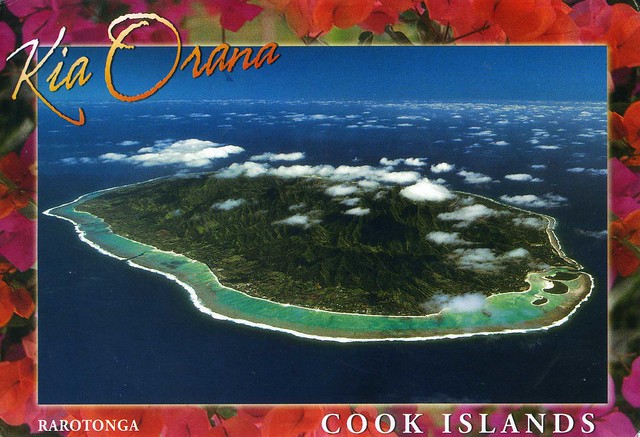
The Cook Islands is a self-governing parliamentary democracy in free association with New Zealand. The 15 small islands in this South Pacific Ocean country have a total land area of 240 square kilometres, but the Cook Islands Exclusive Economic Zone (EEZ) covers 1,800,000 square kilometres of ocean.
The Cook Islands are in the South Pacific Ocean, north-east of New Zealand, between French Polynesia and American Samoa. There are 15 major islands, divided into two distinct groups: the Southern Cook Islands, and the Northern Cook Islands of coral atolls.
The islands were formed by volcanic activity; the northern group is older and consists of six atolls (sunken volcanoes topped by coral growth). The climate is moderate to tropical.
The main population centres are on the island of Rarotonga (14,153 (census 2006), out of the country's total population of 19,569), where there is an international airport. The chief town, Avarua, on the north coast of Rarotonga, is also the capital of the Cook Islands.
With about 100,000 visitors travelling to the islands in the 2010-11 financial year, tourism is the country's main industry, and the leading element of the economy, far ahead of offshore banking, pearls, and marine and fruit exports.
Defence and foreign affairs are the responsibility of New Zealand, in consultation with the Cook Islands. In recent times, the Cook Islands have adopted an increasingly independent foreign policy. Although Cook Islanders are citizens of New Zealand, they have the status of Cook Islands nationals, which is not given to all New Zealand citizens.

The stamp is from a set of 18 definitives issued in 2010, all depicting flowers.



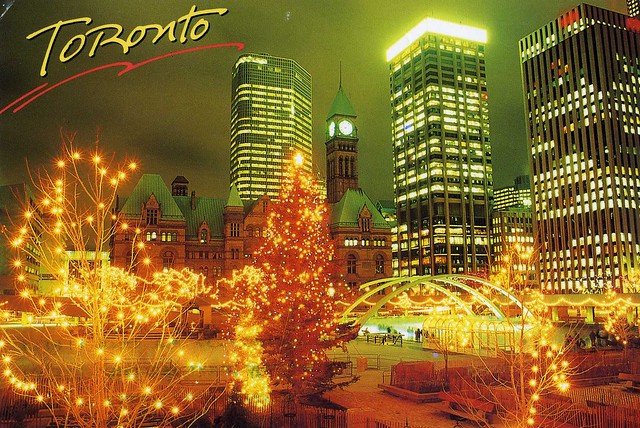



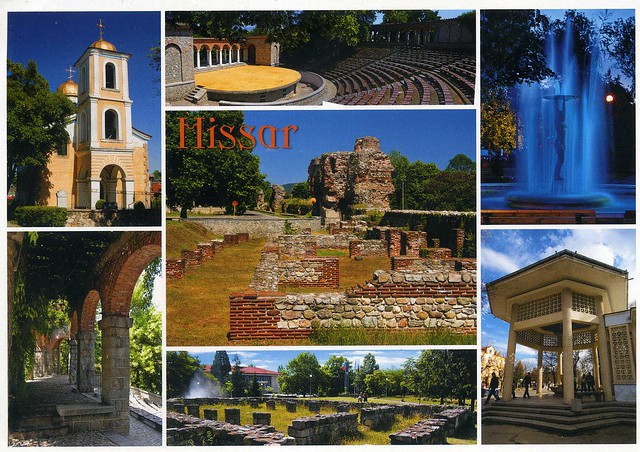


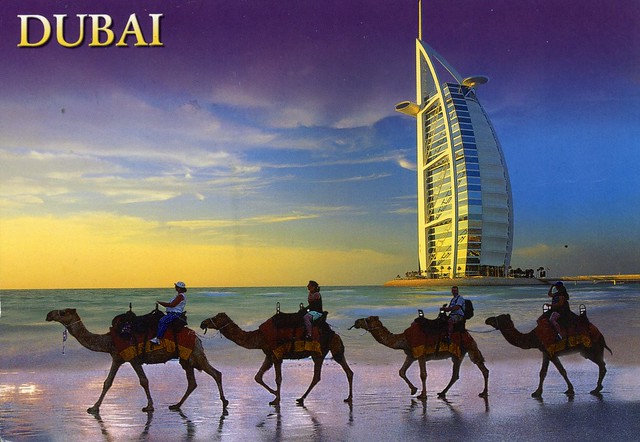





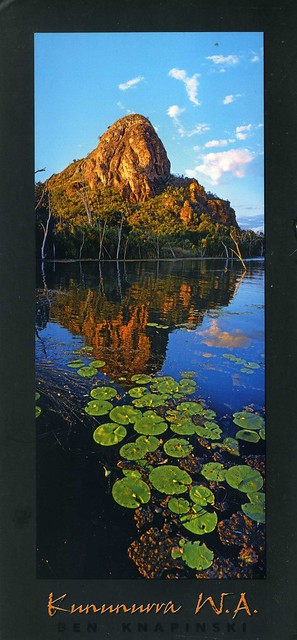

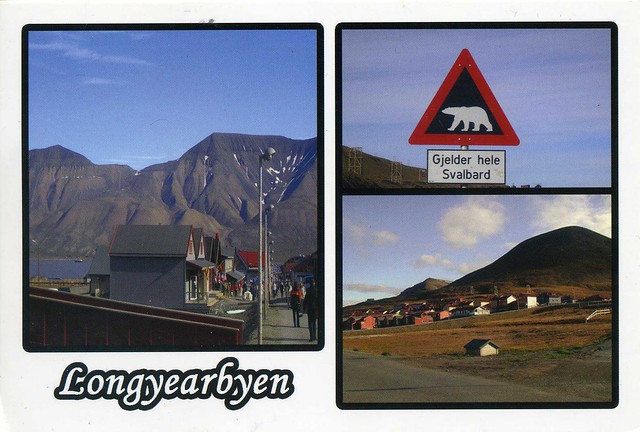






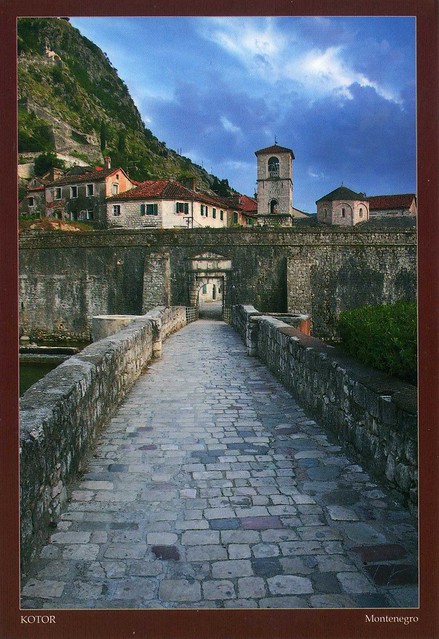


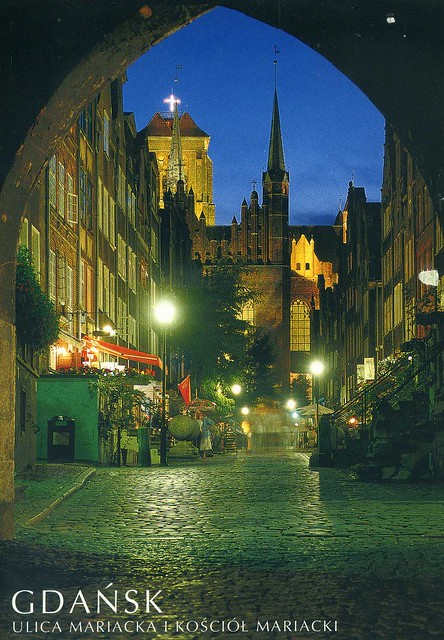







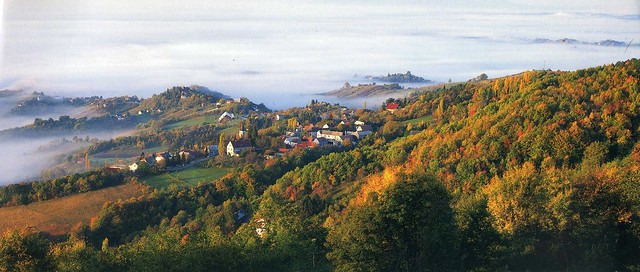











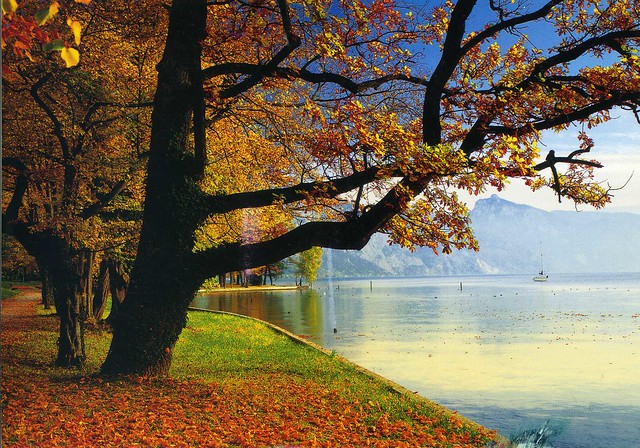


 Maroon
Maroon 









































































































































































